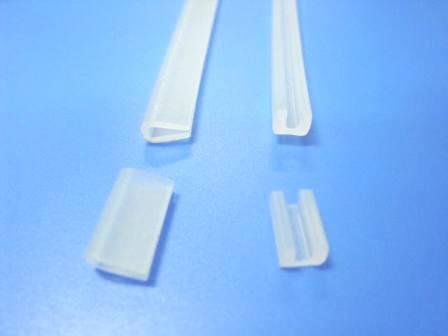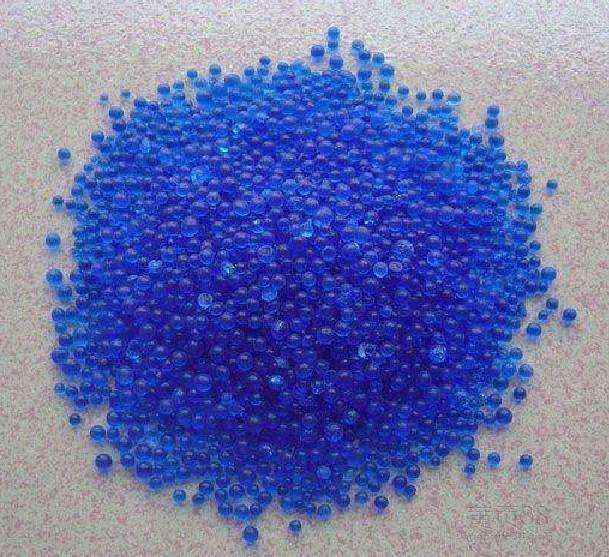Cell phone:13600151511 (Manager Gao)
Cell phone:15813720327(Director Chen)
Phone:+86 0755 29832951
Office Address:East of 201, No. 20-5, Jixiang 1st Road, Pingxi Community, Pingdi Street, Longgang District, Shenzhen
Factory Address:No.2,Fudong 4th Road,Dong'ao Village,Shatian Town,Huiyang District,Huizhou City,Guangdong Province,China
Silica gel is a highly reactive adsorbent material, which is amorphous in nature. The main component of silica is silicon dioxide, which is chemically stable and non-combustible.

Organosilicon compounds refer to compounds containing Si-C bonds and at least one organic group directly connected to silicon atoms, and it is customary to treat those compounds in which organic groups are connected to silicon atoms through oxygen, sulfur and nitrogen as organosilicon compounds. Among them, the silicon-oxygen bond (-Si-O-Si-) as the backbone of the composition of polysiloxane, is the largest number of organosilicon compounds, the most studied, the most widely used class, accounting for about 90% of the total amount.

The basic structural unit of silicone products is composed of silicon-oxygen links, and the side chains are connected with various other organic groups through silicon atoms. Therefore, the structure of silicone products contains both "organic groups" and "inorganic structure", and this special composition and molecular structure makes it a combination of organic properties and inorganic functions. Compared with other polymer materials, the most outstanding properties of silicone products are
1. Temperature resistance
Silicone products are based on the silicon - oxygen (Si-O) bond as the main chain structure, the bond energy of C-C bond is 82.6 kcal/g molecule, the bond energy of Si-O bond in silicone is 121 kcal/g molecule, so the thermal stability of silicone products is high. The chemical bonds of the molecules do not break or decompose under high temperature (or radiation exposure). Silicones are not only resistant to high temperatures, but also to low temperatures, and can be used in a wide range of temperatures. Both chemical properties and physical and mechanical properties change very little with temperature.
2. Weather resistance
The main chain of silicone products is -Si-O- and there is no double bond, so it is not easy to be decomposed by ultraviolet light and ozone. Silicone has better thermal stability and resistance to irradiation and weathering than other polymers. The service life of silicone in natural environment can reach decades.
3. Electrical insulation performance
The dielectric loss, voltage resistance, arc resistance, corona resistance, volume resistance coefficient and surface resistance coefficient of silicone products have good electrical insulation properties, and their electrical properties are little affected by temperature and frequency. Therefore, they are a stable electrical insulating material and are widely used in electronics and electrical industries. In addition to excellent heat resistance, silicones also have excellent water repellency, which is the guarantee of high reliability of electrical equipment used in wet conditions.
4. Physiological inertness
Polysiloxanes are one of the most inactive compounds known. They are very resistant to biological aging, no rejection with animal bodies, and have good anti-coagulation properties.
5. Low surface tension and low surface energy
The main chain of silicone is very flexible and the intermolecular force is much weaker than that of hydrocarbon, therefore, it has lower viscosity, weaker surface tension, lower surface energy and stronger film-forming ability than hydrocarbon of the same molecular weight. This low surface tension and low surface energy are the main reasons for its multifaceted applications: hydrophobic, defoaming, foam stabilization, anti-stick, lubrication, varnishing and other excellent properties.
Silicone can be used not only as a special material for aviation, cutting-edge technology and military technology, but also for various sectors of the national economy, and its applications have been expanded to include: construction, electrical and electronic, textile, automotive, machinery, leather and paper, chemical and light industry, metal and paint, medical and pharmaceutical industries.
Inorganic silica gel chemical formula xSio2-yH2O. transparent or milky white granular solid, is a highly active adsorbent material, usually made of sodium silicate and sulfuric acid reaction, and a series of post-treatment processes such as aging, acid foam and other amorphous machine-made products. It is made from minerals existing in nature after washing and processing into granules or beads. The main component of inorganic silica is silica, which is an amorphous machine-made product made from sodium silicate and sulfuric acid in silica clay. Inorganic silica gel is made from minerals that exist in nature after washing and processing into granular or bead-like form.

The structure of inorganic silica gel is very much like a sponge, consisting of small interconnected pores forming a capillary adsorption system with a huge surface area that can adsorb and preserve water vapor. Under 100% humidity, it can adsorb and condense water vapor equivalent to 40% of its own weight. The adsorption performance is high and it can adsorb many kinds of substances. When dilute sulfuric acid (or hydrochloric acid) is added to the aqueous solution of water glass and left to stand, it becomes a water-containing silicate gel and solidifies, has good thermal stability, stable chemical properties, high mechanical strength, etc.
Inorganic silica gel has a wide choice of packaging materials, generally OPP/PE, PET/PE film, non-woven fabric, composite paper, etc. It is used for gas drying, gas absorption, liquid dehydration, color layer analysis, etc. It is also used as catalyst. If adding cobalt chloride, it is blue when drying and red after absorbing water.

- Website Home - About Us
- News - Product Show
- Honors and Qualifications - Production strength
- Case Studies - Online Message
- Contact Us
Contact Method:13600151511
Mailbox:gaowenjie@keshihua.com
Office Address:East of 201, No. 20-5, Jixiang 1st Road, Pingxi Community, Pingdi Street, Longgang District, Shenzhen
Factory Address:No.2 Fudong 4 Road, Dong'ao Village, Shatian Town, Huiyang District, Huizhou City, Guangdong Province

Follow us
